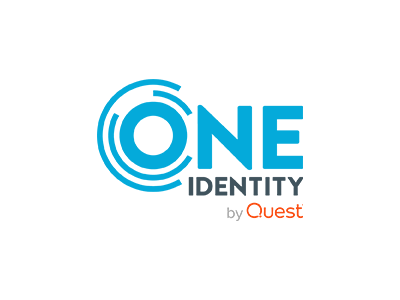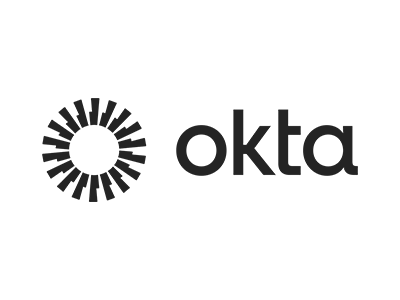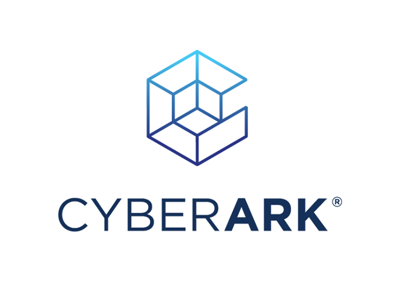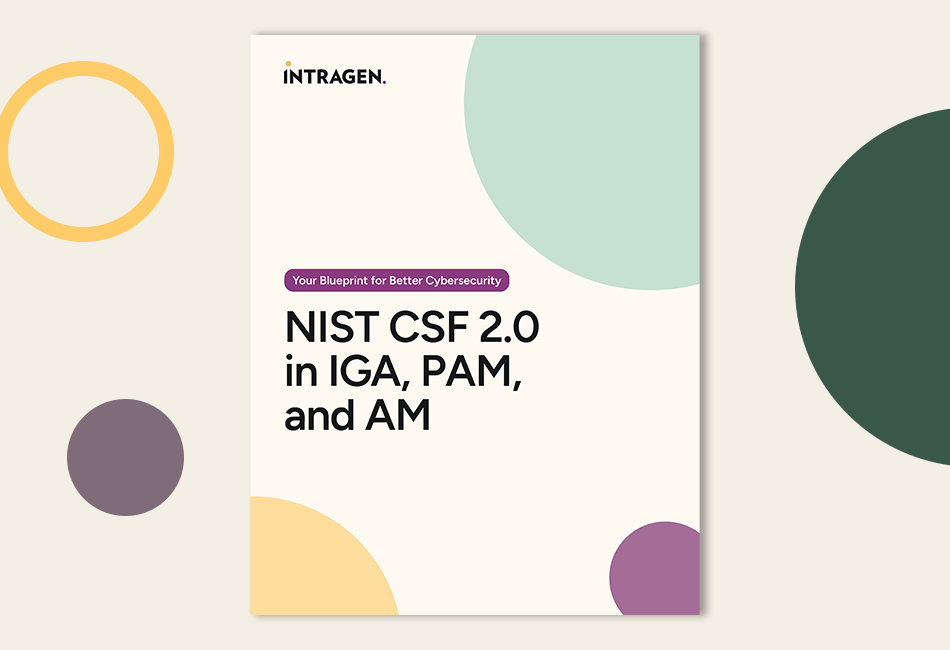Our PAM services – from advisory and implementation through to operating your PAM as a fully Managed Service – safeguard your critical systems and information, offering improved operational efficiency and enhanced security.
Secure Your Data With A Privileged Access Management (PAM) Solution

How Intragen can help you with PAM:
Advisory and Implementation
PAM Quick Check Assessment
What is Privileged Access Management?
Privileged Access Management (PAM) is a cybersecurity strategy that safeguards high-level system access. PAM systems control and monitor superuser accounts, restricting sensitive permissions to authorised users.
As a component of Identity and Access Management, PAM plays a vital role in protecting organisations from internal and external threats. By implementing strict access controls, it prevents privilege escalation and unauthorised access to critical systems.
Organisations looking for strong privileged access controls without the overheads can now use Intragen’s Managed Privileged Access service.

80 %
of data breaches were achieved by cybercriminals predicting or stealing passwords classed as ‘weak’ (Verizon)
61 %
of all data breaches had elements of social engineering or brute force attacks through tampering credentials (Verizon)
45 %
of remote workers re-use passwords across their accounts, increasing the security risk massively (Expertinsights)
What are the benefits of a PAM solution?

Focus on your business
Peace of mind knowing your privileged accounts are secured and monitoring.
Verify every user’s identity
Accelerate your path to compliance with security, visibility and reporting.
Establish accountability
Ensure there is individual accountability for privileged actions.
Mitigate security risks
Streamline the mitigation of security, business and operational changes by utilising Privileged Access.
Strong integration
PAM can be integrated across all areas of your IT landscape, making sure you aren’t exposed by any point of weakness.
Looking for a turnkey PAM-as-a-Service option?
Implementing and running Privileged Access Management can be complex and resource-intensive — especially if your team is already stretched.
Intragen’s Managed Privileged Access offering delivers PAM as a fully Managed Service, giving you fast time-to-value and ongoing operational excellence without the overhead of building an in-house PAM function.
- Fast, low-fuss onboarding
- Continuous monitoring, tuning and improvement
- Predictable monthly cost with flexible service tiers
- Delivered by our dedicated PAM specialists


Want to assess your current exposure to risk? How can PAM support your broader security and compliance goals?
Take our free two-hour PAM Quick Check Assessment, where we can help you find the answers to these questions. You'll receive a five page document with a summary of your PAM maturity, key observations and the top risks we identified.
Key features of effective Privileged Access Management solutions
Effective PAM solutions encompass several key features crucial for securing sensitive data. These include granular access controls, comprehensive audit trails, multi-factor authentication, session monitoring, automated access provisioning, and risk assessment.
By implementing strong authentication measures and monitoring remote desktop protocol usage, PAM solutions safeguard critical infrastructure and privilege management.


63% of IT decision makers admitted that high-sensitivity access in their organisation is not adequately secured. (CyberArk)
Multi-factor authentication as a necessity
Multi-factor authentication (MFA) forms a crucial component of effective Privileged Access Management solutions, enhancing security by requiring users to provide multiple forms of identification before accessing sensitive systems.
This technology significantly reduces the risk of unauthorised access, even if a user's primary credentials are compromised, making it essential for companies seeking to bolster their cybersecurity posture and meet regulatory compliance requirements.

Granular access controls for sensitive data security
Granular access controls form the cornerstone of effective Privileged Access Management solutions, enabling organisations to precisely manage user permissions across various operating systems and sensitive data repositories. These controls allow administrators to assign specific access rights based on roles, responsibilities, and the principle of least privilege, minimising the risk of unauthorised access to critical information such as credit card details and email addresses.
Implementing granular access controls enhances the overall security experience by providing a fine-tuned approach to data protection. This level of precision not only improves security but also helps organisations optimise operational costs by streamlining access management processes. The following table illustrates the key components of granular access controls:

|
Component |
Function |
Benefit |
|---|---|---|
|
Role-based Access Control |
Assigns permissions based on job roles |
Simplifies access management |
|
Attribute-based Access Control |
Uses user attributes to determine access |
Enables dynamic access decisions |
|
Time-based Access Control |
Restricts access based on time periods |
Enhances security during off-hours |
|
Location-based Access Control |
Limits access based on user location |
Prevents unauthorised remote access |
How Privileged Access Management can safeguard against data breaches
Privileged Access Management solutions, such as those provided by One Identity, Okta and CyberArk, give robust protection against data breaches by controlling and monitoring high-level access to sensitive systems. These platforms offer comprehensive audit trails, enabling organisations to track and review all privileged activities across their IT infrastructure. Breach protection solutions can provide early detection features to alert you to compromised credentials.
Cloud-based PAM solutions, delivered as Platform as a Service (PaaS), offer scalable and flexible protection for organisations with diverse IT environments. These systems integrate seamlessly with existing security frameworks, including federated identity management solutions, to ensure consistent access control across on-premises and cloud environments.

Read more about the services we offer for IAM
Common challenges in implementing Privileged Access Management
Implementing PAM effectively can be challenging. Common issues include compatibility problems with legacy systems when integrating with existing workstations, which can hinder deployment.
Another key challenge is establishing robust backup strategies for privileged accounts and access data, balanced with ensuring user accessibility. Extracting and acting on insights from PAM analytics often requires specialised expertise that organisations may lack. If you want to understand your current privileged access risks, you can request a free PAM Quick Check assessment.

Key areas to ensure successful deployment:
The role of Privileged Access Management in regulatory compliance
Privileged Access Management helps organisations meet stringent requirements for data protection and access control, such as those imposed by GDPR and other industry-specific regulations.
PAM solutions enable organisations to control and monitor access to critical resources, including databases and firewalls. By implementing robust access controls, companies can demonstrate compliance with regulations that mandate the protection of sensitive information, such as customer data and financial records.

Privileged Access Management example
An IT admin, Joe, sets out to delete thousands of files to intentionally damage the business. Without real-time monitoring of privileged activity, Joe could cause irreparable damage to the organisation. By recording behaviour when users are performing privileged actions, you can put corrective measures in place. Joe could be stopped by an automatic account lock when unusual activity is detected.
Using triggers, certain automated emergency actions can be carried out without requiring a manager’s response, which could delay corrective action. Session monitoring can be misunderstood by employees who are not familiar with Privileged Access Management. It's important to educate the team, instilling the idea that security measures provide protection. Rather than assigning blame, PAM is there to mitigate the risk of a security incident. Everyone can make mistakes, which can be addressed in training and educating the whole workforce.

The PAM solution providers we partner with

One Identity
One Identity is a cybersecurity platform and a unified identity security solution that enables you to protect your people, applications, and data.

Okta
Okta boast great customer support, deep market penetration and Enterprise Mobility Management support.

CyberArk
Seamlessly secure identities throughout the cycle of accessing any resource across any infrastructure.
Privileged Access Management and Data Security FAQs
How does PAM protect sensitive information?
Privileged Access Management (PAM) protects sensitive information by controlling and monitoring access to privileged accounts. It enforces strict authentication, limits user privileges, logs activities, and provides secure credential storage. PAM helps prevent unauthorised access, insider threats, and data breaches in critical systems.
What are the risks of inadequate Privileged Access Management?
Inadequate Privileged Access Management poses significant risks to organisations, including unauthorised data access, system breaches, compliance violations, and reputational damage. Without proper controls, malicious actors can exploit elevated privileges, potentially leading to data theft, service disruptions, and financial losses.
When should businesses consider implementing PAM solutions?
Businesses should consider implementing PAM solutions when they need to safeguard privileged accounts, control access to sensitive systems, and comply with regulatory requirements. As organisations grow and face increasing cyber threats, PAM becomes crucial for protecting critical assets and maintaining data security.
What features should you prioritise in a PAM system?
When prioritising features in a PAM system, focus on robust access control, session monitoring, password management, multi-factor authentication, and audit logging. Ensure scalability, integration capabilities, and user-friendly interfaces. Prioritise features that align with your organisation's specific security needs and compliance requirements.
How often should PAM strategies be reviewed and updated?
PAM strategies should be reviewed and updated regularly, ideally every 6-12 months, or more frequently if significant changes occur in the organisation's infrastructure, business processes, or regulatory landscape. This ensures the strategy remains effective, compliant, and aligned with evolving security needs and best practices.
Privileged Access Management Resources

How Privileged Access Management Stops Ransomware
Imagine this scenario: A cybercriminal poses as an employee, calls your help desk, and tricks them into resetting a password. Just like that, they’re in. The initial compromise has happened. Now what? This is where PAM earns its keep.

Not 'If' But 'When' - Protecting Your Business From Breaches
As cyber threats grow in scale and sophistication, organisations must now operate under the assumption that a security breach is a matter of when, not if. What can you do you protect your business in a proactive manner?

Privileged Access Management Quick Check Assessment
PAM is a great tool for addressing challenges associated with business growth - but is your PAM solution being properly utilised? Take our free two hour consultation to assist you with your PAM challenges.

Our NIST CSF 2.0 white paper is out
Find out more about what the NIST framework is, why it is important, and some of the key takeaways broken down into clear, practical steps that help you strengthen defences and respond with confidence when threats appear.
